In laboratories in the basement of TU Wien, Vienna’s university of technology, work often continues well into the night. Without the distractions of day-to-day operations, researchers can concentrate fully on setting up experiments and taking measurements. On one of these nights, on September 8, 2001, to be exact, physicist Ferenc Krausz and his team were at work in a small lab. They were working with highly specialized laser light sources, neon gas, and a variety of control instruments. In the small hours of the morning, when everyone was already exhausted, the breakthrough came: In their experiment, the researchers had demonstrably produced extremely short light pulses in the attosecond range. An attosecond is so short that it can be used to capture the unimaginably fast movements of electrons orbiting an atomic nucleus – an achievement that until that moment had seemed impossible.
22 years later, Krausz, who is now Director of the Max Planck Institute of Quantum Optics in Garching near Munich, was back in his old basement laboratory at TU Wien. He had been awarded the 2023 Nobel Prize in Physics a few days previously, and that successful experiment in Vienna was a key reason for this. Together with his co-laureates Anne L'Huillier and Pierre Agostini, Krausz laid the foundations for observations on previously unattainable time scales. “We can now open the door to the world of electrons. Attosecond physics gives us the opportunity to understand mechanisms that are controlled by electrons. The next step will be to make use of them,” said Eva Olsson, Chair of the Nobel Committee for Physics, about the Committee’s decision.
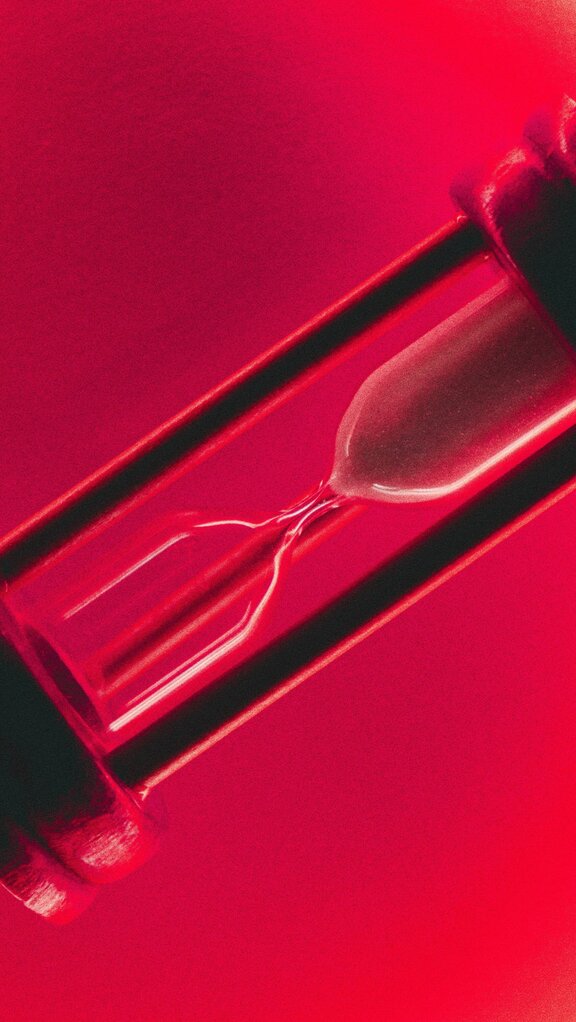

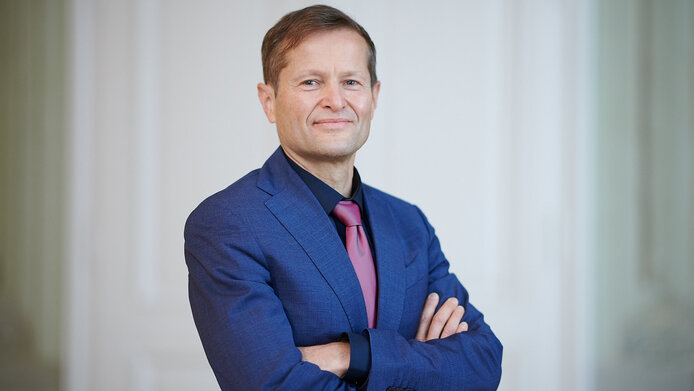
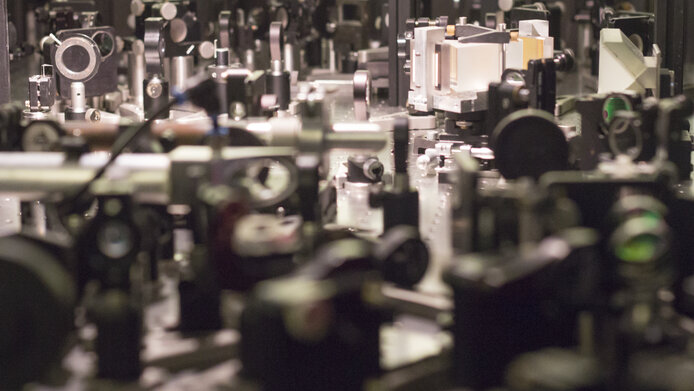
![[Translate to English:]](/fileadmin/_processed_/2/b/csm_EmmanuelleCharpentier_cHallbauerundFioretti_35afb9cedd.jpg)
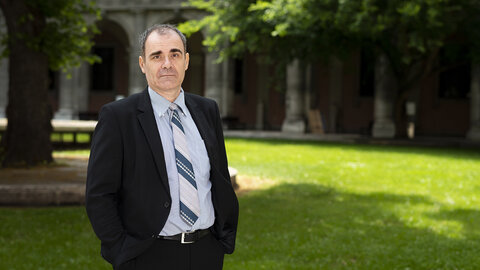
![[Translate to English:] Christa Schleper entnimmt eine Sedimentprobe aus der Donau](/fileadmin/_processed_/3/e/csm_Christa_Schleper_cUlrichZinell_ef90da6f10.jpg)
![[Translate to English:] Wolfgang Lutz blättert in einem großen Atlas](/fileadmin/_processed_/c/6/csm_Wolfgang_Lutz_cHerbertNeubauer_picturedesk_f0e494e876.jpg)
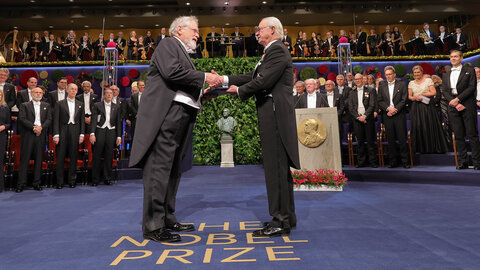
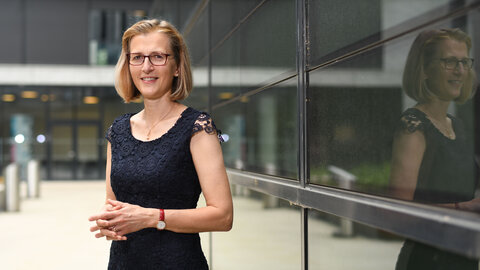
![[Translate to English:] Portrait Walter Pohl](/fileadmin/_processed_/1/2/csm_Portrait_WalterPohl_cFWF_LuizaPuiu_c0acb71e9a.jpg)
![[Translate to English:]](/fileadmin/_processed_/0/d/csm_FWF_AustrianScienceAwards2025_EllyTanaka_cFWFKlausRanger_3f3f257163.jpg)